The steel industry - one of the industries that consumes a lot of energy and emits a lot of emissions, is forced to accelerate the green production process, reduce emissions to increase exports to the EU, towards achieving Net Zero in the long term. However, it is not easy for businesses to fulfill this requirement.
Difficulty or motivation?
With CBAM, Vietnamese businesses will have about 3 years of transition before CBAM officially takes effect from January 1, 2026 and is fully operational in 2034.
According to the Enerteam Center for Research and Development on Energy Conservation, the current average emission level in Vietnam's steel industry is 2.51 tons of CO2/ton of crude steel, while the world average is 1.85 tons of CO2/ton of crude steel.
Steel manufacturing factory of Nguyen Tin Steel Joint Stock Company in Thuan Dao Industrial Park ( Long An ). Photo: Danh Lam/VNA
Many experts believe that the impact of CBAM on Vietnam's steel exports to the EU is a significant challenge in the short and medium term. However, in the long term, Mr. Pham Quang Anh, Director of the Information Center of the Vietnam Commodity Exchange (MXV), said that along with the transition to a green economy , the development of green energy and green production, this is an opportunity for Vietnamese steel enterprises to improve product quality, meet international standards and develop sustainably.
According to Mr. Chu Duc Khai, Chairman of the Vietnam Foundry and Metallurgy Association, the trend of reducing greenhouse gas emissions is the main trend in the future, so the urgent issue for steel enterprises is to green their operations. To do this, steel enterprises need to inventory greenhouse gases according to the requirements of the Ministry of Industry and Trade and CBAM if they want to export to the EU.
However, from a business perspective, reducing emissions is not something that can be done overnight. This requires large capital and more advanced production technology. In the context of the steel industry facing many difficulties due to low prices, poor product output, and impacts from trade defense measures, this is not an easy task.
A representative of Posco Korea said that to respond to this regulation, Posco Korea is aiming to be carbon neutral by 2050. From now until 2040, Posco will reduce carbon emissions by 50%. However, this is not a simple challenge. Currently, Posco Korea is exploiting a new advanced technique that does not use carbon to produce steel but replaces it with hydrogen.
The company also said that it has visited Europe five times to discuss this issue. The EU also acknowledged that there are still some issues related to the mechanism but is still determined to stick to the roadmap from October this year, steel companies; including Vietnam must implement the reporting regime, if the information is not accurate, they will be fined. This will be a trade barrier for the steel industry, requiring businesses in the steel industry to join hands to respond to the CBMA mechanism.
Sharing the same view, Mr. Pham Cong Thao - Deputy General Director of Vietnam Steel Corporation said that this enterprise is also grasping information and preparing to respond because the goal is to expand the export market. If you do not understand the regulations well, it will be difficult to grasp export opportunities in the near future, especially when the domestic market is increasingly competitive.
Making green steel is a long road, requiring financial and technological resources, as well as the initiative of enterprises, especially when regulations on reducing carbon emissions are still new. This is also a common problem for enterprises. As for Vietnam Steel Corporation, the enterprise will strive to be carbon neutral by 2050, Mr. Pham Cong Thao added.
How to cope
Vietnam is initially building a carbon neutral roadmap for the steel industry. In the 2021-2025 period, it will optimize processes, energy, raw materials and improve technology to reduce CO2 emissions by 10-30%. In the 2025-2030 period, it will use low-carbon materials and increase the amount of H2 gas in sponge iron plants by 30%, in line with world trends.
In addition, the plan to develop a carbon credit market is expected to promote greening momentum in the steel industry in particular and emission-emitting industries in general.
Mr. Pham Quang Anh, Vietnam Commodity Exchange (MXV) said that the Exchange is researching and will soon implement trading of carbon credit products linked with major exchanges in the world in the fourth quarter of this year. This will be a very important step in the process of developing the carbon credit trading market in Vietnam.
The EU is one of the leading markets for the steel industry. Regarding the CBAM policy, businesses exporting to the EU have known about this regulation, but how to respond requires experience and sharing of regulations because this is completely new.
Mr. Nghiem Xuan Da, Chairman of the Vietnam Steel Association (VSA), said that the Vietnamese steel industry and steel enterprises have been and will continue to coordinate with relevant units to take actions to respond to the EU's Carbon Border Adjustment Mechanism (CBAM). In the coming time, the Association will continue to research solutions and implementation roadmaps to balance the gradual reduction of carbon emissions, ensuring progress towards a competitive and green steel manufacturing industry.
Experts say 2023 will be a difficult year for the Vietnamese steel industry as steel prices continue to fall, consumption is poor, and inventories are high. It is forecasted that from now until the end of the year, the domestic steel market will continue to be gloomy. In order to overcome difficulties and boost exports, domestic steel enterprises must improve their knowledge and move towards green, sustainable production, keeping up with global trends.
To promote exports, in addition to efforts from businesses, management agencies need to simplify procedures for receiving and reporting data related to CO2 emissions, and at the same time, encourage businesses to apply strategies/action plans to respond to the CBAM Mechanism. In addition, businesses also need more detailed instructions on carbon emission verification and sending data to subjects related to CO2 emissions...
According to VNA/Tin Tuc Newspaper
Source


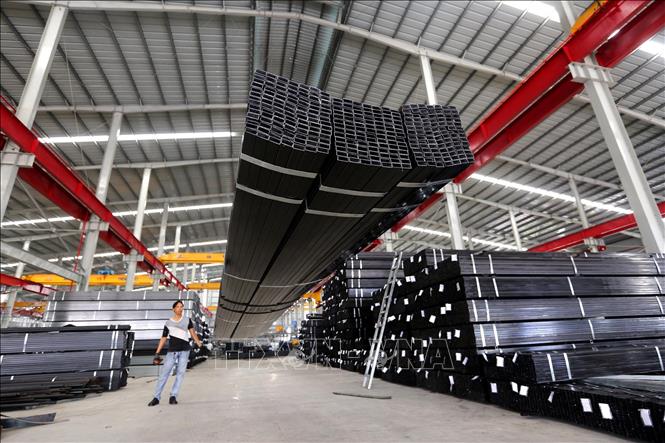








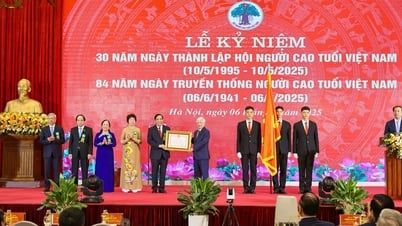

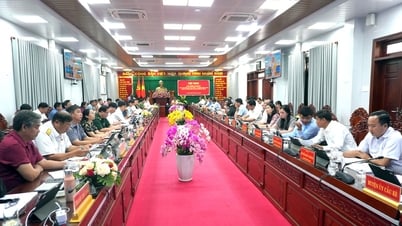












![[Photo] Nearly 104,000 candidates in Hanoi complete procedures to take the 10th grade entrance exam](https://vphoto.vietnam.vn/thumb/1200x675/vietnam/resource/IMAGE/2025/6/7/7dbf58fd77224eb583ea5c819ebf5a4e)



























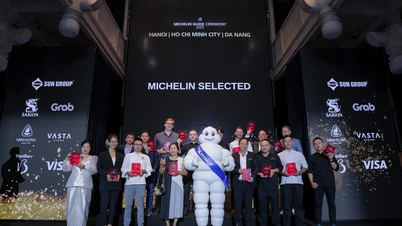
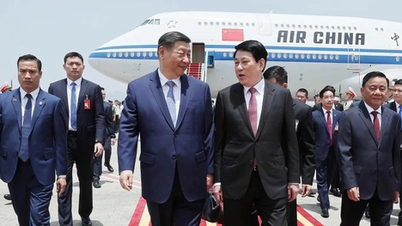
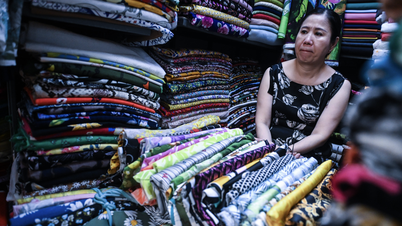



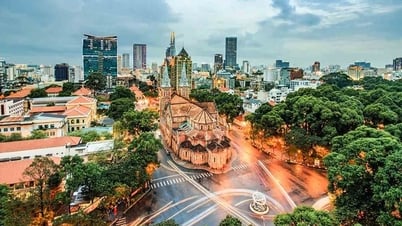




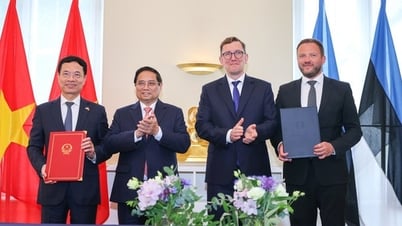












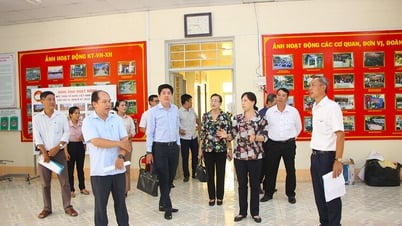







![[OCOP REVIEW] Tu Duyen Syrup - The essence of herbs from the mountains and forests of Nhu Thanh](https://vphoto.vietnam.vn/thumb/402x226/vietnam/resource/IMAGE/2025/6/5/58ca32fce4ec44039e444fbfae7e75ec)









Comment (0)